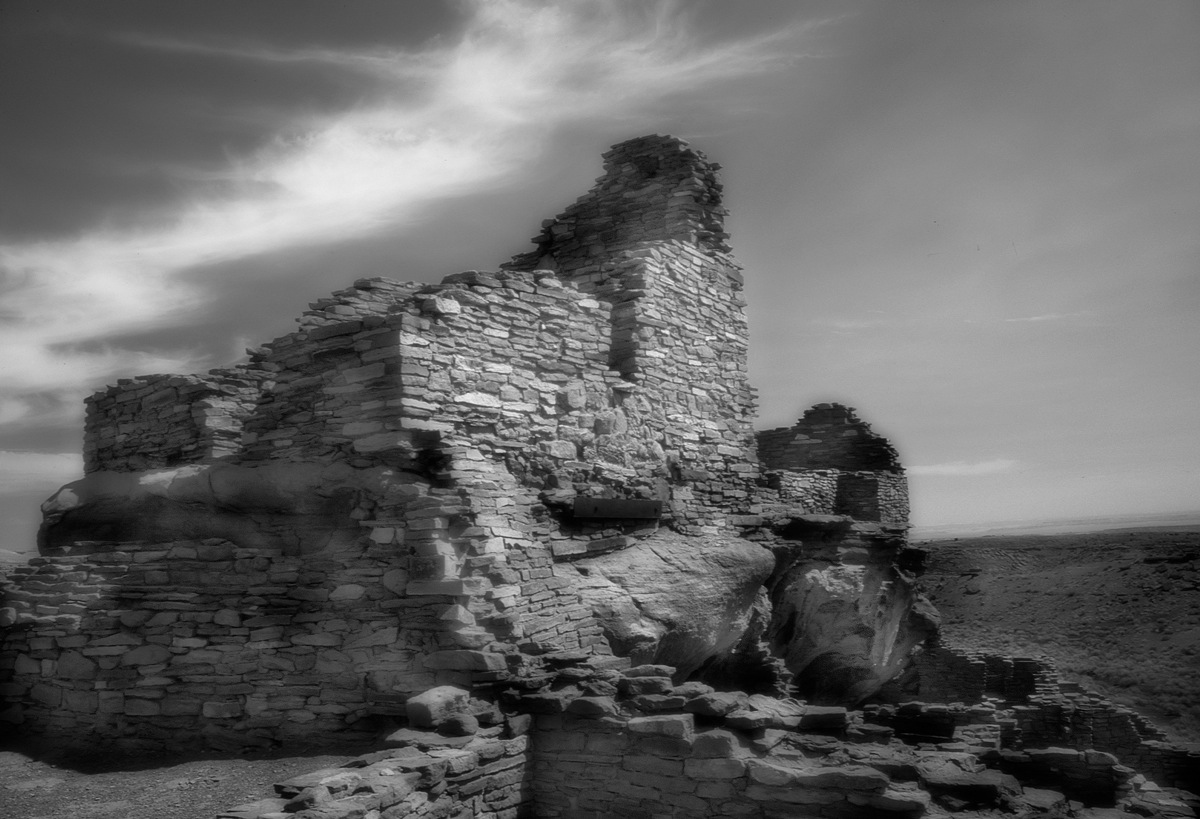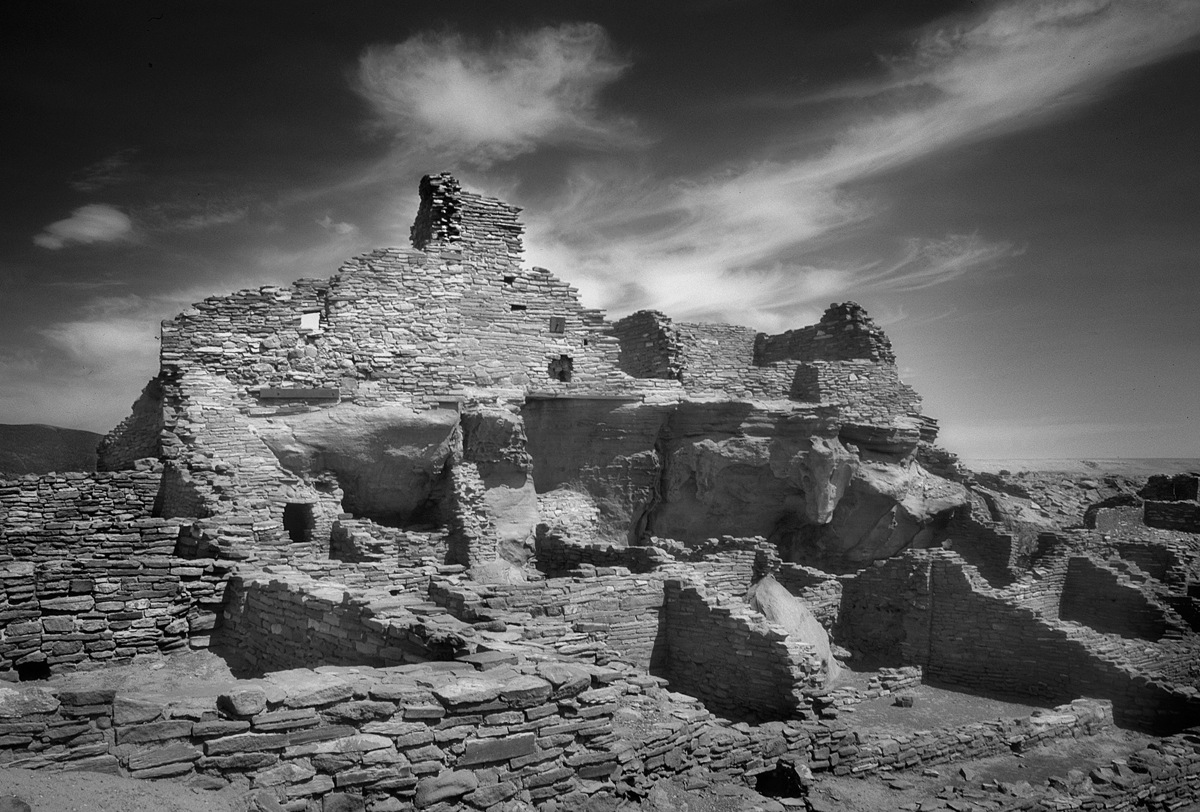
Today I was reading an article about the controversy many universities are facing related to whether to hold on to Native American remains and artifacts used in research or repatriate them. Since my wife is a Ph.D. Anthropologist I am keen to read anything related to her field in hopes of being able to provide her with good conversation about something other than photography.
It seems that U.C. Berkeley has been holding on to bones that were acquired through the digging up of sacred burial grounds. From the article I also learned about a man known as Ishi who was the last surviving member of the Yashi tribe who came out of hiding after more than 40 years of living remotely near Lassen Peak. The first anthropology professor at UC Berkley housed Ishi in a room at the anthropology museum and studied him and held public viewings of him.
It seems as though he generated as much national attention as the Roswell New Mexico alien stories. I am ill equipped to offer an educated opinion about these matters but I can express a sense of emotional sadness to learn of extinction of a people and their language. I wonder what wisdom has been lost.
As I read about record snowfalls in the Yosemite Valley I am thinking about how California represents the very best of natural beauty and the very worst in human behavior. Just doing a little research online about Ishi I learned that the population of Native Americans in North America was over 10 million and how it has been reduced to only 300,000 with numerous tribes extinct or not federally recognized. Native Americans were all but eradicated from California.
In addition to this as I sat next to my father’s hospital bed at his house this morning drinking coffee and reading the newspaper, I read about the possibility of the American Indian Center relocating to property along Latah Creek on the ancestral lands of the Spokane tribe. The thought of sweats and pow wows happening along the creek warmed my heart.

I am grateful that we are now beginning to address the past through tribal land acknowledgements and the use of the term unceded. I think about the privileged position researchers take and even photographers like Edward Curtis who created romantic narratives in his portraits of tribal members using costumes he borrowed from the Smithsonian.
I once had a student who was a member of the Umatilla tribe tell me that his family had an Edward Curtis portrait hanging in their home and that they forgave the embellishment because it was the only images of their tribe in existence from that time period.
Curtis ended up dying penniless in Spokane. His work was a monumental task born of good intention but also of a privileged position. I felt sad as I watched the documentary about Ishi and I felt sad that tribes would have to fight in court to reclaim the remains of their ancestors.
As the snow flurries continue today and winter tries to hold on I am thinking of how the earth has agency and is attempting to find a balance to offset the negative actions of humans towards one another and the landscape. The beauty of nature gives hope and the ruins of ancient civilizations encourage me to seek the wisdom that comes from those that lived before us that are no longer visible. I feel humbled and privileged for the space I occupy in the world. I don’t see it guilt as much as gratitude combined with empathy for others that came before.
I made these photographs in Arizona back in the early 1990’s. The ruins are from a people known only as the Sinagua. The Sinagua were a pre-Columbian culture that populated central and northern Arizona near Sedona and Flagstaff. We don’t really know much about them and their name is derived from a spanish language description of the landscape where they lived meaning without water.
While I don’t like the polemics of our times I am hopeful that this is but a necessary precursor to reconciliation and the gift of hard earned wisdom.
Peace,
Ira

